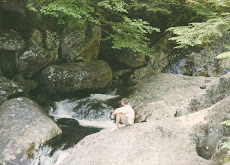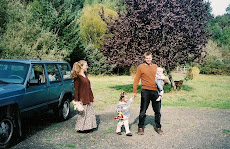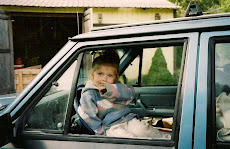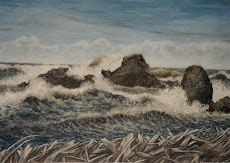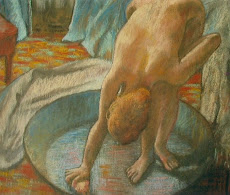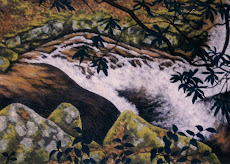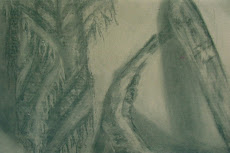
The grass when we pulled up was over 2 feet high. We had to mow over and over the same rows to bring our yard back.
Some of the grass clippings I use to mulch around the fruiting shrubs and trees. I also begin sheet mulching some bare spots in the garden beds:

Sheathing the walls takes a while as I have to put in a lot of blocking at the seams. And the only fasteners I have are the leftover galvanized 8d ringshank nails. The second I hit them slightly off they lay right over. I'm going to have to get a compressor and light-duty framing gun at some point for putting in sheathing. Especially for when I move on to the barn and its much bigger scale. Banging in all those nails by hand every 6" takes forever:

The left bin we're presently using is full of huge volunteer tomato plants. In fact I find tomato coming up where I'd fertilized the young shrubs and trees. But it doesn't get big and I pull it out.
The sheathing takes about a day:
 Here's where I am at evening:
Here's where I am at evening: Rachael and Brooke have brought their gerbils along - Ricky and Jasper:
Rachael and Brooke have brought their gerbils along - Ricky and Jasper: 
Mishka is separated by closing the french doors. He just stands at the door and watches them intently.
Mishka is basically an 'inside dog' while we're here. He gets to go out occasionally for supervised play. He's starting to realize there are some rules up here outside, and if we yell his name he runs to the door to be let back inside in self-punishment. Maybe gradually he'll learn to not leave the property - especially not head towards those chickens.
The metal for the roof is delivered on Thursday - our forth day here. It goes in easy, as I've done it before. But it's unbelievably hot standing out on the roof in the afternoon. I guzzle water and use a spray bottle to mist my face. After I install each piece of metal, I get down and soak my head in water and dunk my hat and wear it soaking wet.
I screw up a little in that I run the roofing in line with the cabin wall instead of the outer rafters - I wasn't sure which to trust for square. If it wasn't so hot I would have been more rational and measured the roof length at both the cabin abutment and eaves to get everything perfect. Instead I ran the sheets a hair cock-eye . . . it's not that noticeable and easily hid with the soffits - but it's still annoying.
The 'transition' flashing piece that comes with the roof for a shed-roof addition is a pain to put in. It's hard to shove it up against the wall and hold it there and fasten it at the same time:

I'm not sure whether to run the flashing out beyond the wall with the roof overhang or not. Ultimately I decide not to. I'll have to figure out another way to flash my barge rafter overhang.
Here the roof is on, the addition walls are up and wrapped:

Here's a shot of the inside:
The blueberry we planted two years ago is doing very well. Some have a lot of ripe berries:

Some of the plants are almost waist-high. All have new growth. We've had a wet spring this year, which I'm sure helps.
But I notice once we've mowed and weed-whacked the high grass some of that new growth on the blueberries begins to wilt. I guess the high grass was keeping them in partial shade and conserving their moisture.
All I can think to do at this point is to begin mulching and surrounding the plants with pine boughs. I have many unwanted pines, especially up above the swales, and the needles should help keep the soil acid which is what blueberries like:
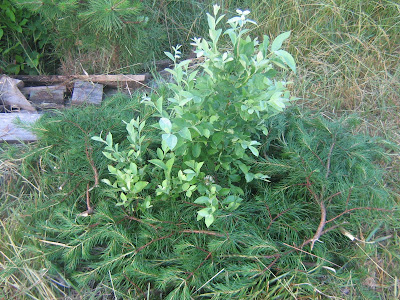
Literally the day after I begin to mulch the blueberries the new growth perks right back up.
We also get a full day of rain which helps.
Here I've mulched the blueberry up on the swales with pine boughs:

The barn floor has grayed but is still in good condition. I pour a little water on it to see how absorbent it is and whether it needs sealed again. The water instantly scatters into many droplets that sit on top of the surface. The kids play with the bubbles and split them and move them around, like little molecules. The wind wicks them away before they ever sink into the floor - so I guess it doesn't need sealed yet.
Here are two shots from the top of the barn:



We next put up a garden fence - a low-cost easy project in the heat that everybody can help with:
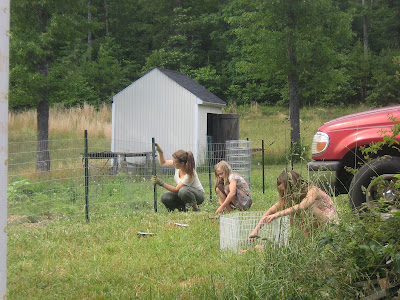
This fence will serve a lot of purposes. For one it will shield drying winds from the garden - it gets very, very dry in the intense sun on this south-facing slope up here.
The fence will also help keep animals out. And we'll plant vines and bushes all around it. I'll put in more grape, try some kiwi, and plant one 80' stretch completely with blue honeysuckle - a plant that is all the rage now, hardy, productive, evergreen, with good abundant fruit. Vines and bushes grown all around the fence will further shield the garden and make the fence itself more attractive. We leave three 4' openings for bringing a wheelbarrow in and out - they'll eventually have gates.
Here's a shot inside the addition with windows in as well as some castoff furniture:

In order to run the fence along the back of the garden we have to move the huge rusted lawnmower that burned in the fire. I'd tried to move it and take it apart 2 years ago and gave up. But with Patty's help we're able to roll it out of the way and back by the juneberries:
After a heavy rain Rachael sweeps water off the upper barn floor where it's puddled up:

Here's a shot of the garden fence in:

She surrounds one flowering peach with basil, and the other with peppermint.
We try to think of more low to zero-cost projects while we're altogether up here. That one lone sickly red oak standing right on the south-facing slope where one day our passive solar home will go is still in the way. I wonder if I can take it down with an axe. We don't have a chainsaw. It's about a foot in diameter, and 60 feet tall:

It's an incredible workout whaling away with the axe. It starts to drizzle. After 30 minutes I've cut out my notch and am working on the back side. Patty sees lightening and sends Rachael out to bring me in - Patty's worried I'm going to get struck by lightning. I'm drenched in sweat, and rain, and exhausted, but I'd like to finish the job. I go inside for a while to take a break.
I joke to Patty that it's 'Man vs. Tree' out there. She can see the notch from the cabin.
After a short break I go back out and take it down. Only 5 more minutes and it creaks and goes down. They all run to the window but miss it fall:

Here's a closeup of the stump:
 The tree fell exactly where I wanted it to. I have complete awe for guys that did this on a daily basis for a living. People were a whole different breed just a hundred years ago.
The tree fell exactly where I wanted it to. I have complete awe for guys that did this on a daily basis for a living. People were a whole different breed just a hundred years ago.I think of Laura's husband in 'Little House on the Prarie', just after they'd moved from the Dakotas back east to Missouri to homestead on an apple orchard. To make a living he chopped trees down on the property and split them into firewood and sold it in town. He worked all day, and did this for months. In one book they'd said it was embarrassing to a man to have any difficulty hauling a 150 pound sack of wheat over his shoulder. They were in incredible shape, and lived in to their nineties.
We need a table so I throw one together one evening out of scrap boards and a small piece of flooring - it's about 4' x 4', 20" high - flat and sturdy:

We'll definitely come back here. Maybe next time we'll bring intertubes and tube back down to our car. I don't know though . . . Patty hates rapids.
We paddle 4 to 5 miles up the Emory River:

It's exhausting paddling up just one set of rapids. How did Patty and I once do this for 500 miles up the Susquehanna River? We must have been machines. We did mix it up a lot though . . . with lining, portages, chasing eddies, and periods of dead water.
I love canoeing, and feel like I could paddle all day. I tell Patty we could take the Emory down to the Tennessee and all the way to Montana. She isn't interested.
We eat some of the mulberries from the tree leaning out over the river we ate from last year. But we're sort of in a hurry as it's thundering and we need to get back to the launch and off the water.
Here's a shot of the cabin from the driveway through the trees:

I draw up a list of all that needs done on the property and cabin siding is not the next priority. It's getting a roof on the barn:

The reason we didn't stay longer and invest more in Tennessee is that we've bought a HUD house here in Atlanta, so that when we're here working we're not stuck in a shitty apartment.
There are some great deals out there on HUD's - homes way below market value. We're trying to close in a few weeks, then I've got to put in hardwood floors and paint and fix a toilet valve and it's ready to go. Patty's convinced an investment in a HUD here while the market's down will help us pay off our Tennessee place and retire.
I'll make another post on the HUD once we've closed and I've got some photos and begun the work.
.





















 The rough openings for windows are next. Since it's only one story with a 3' span 2x4 headers are sufficient - I however box them in with an additional horizontal 2x6 to shim against:
The rough openings for windows are next. Since it's only one story with a 3' span 2x4 headers are sufficient - I however box them in with an additional horizontal 2x6 to shim against:



















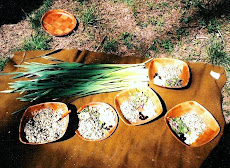









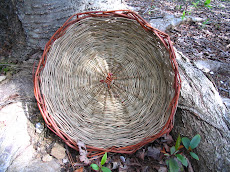



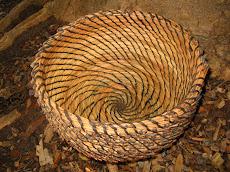



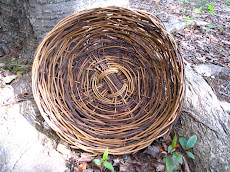

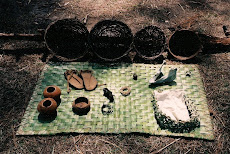


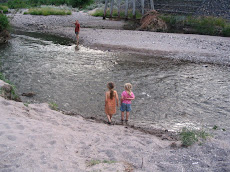

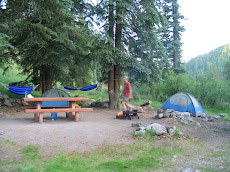
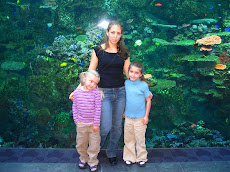

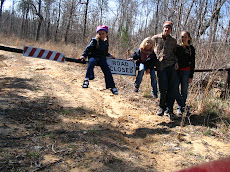

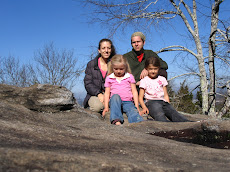




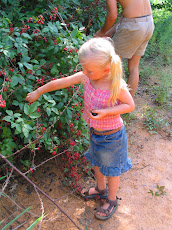







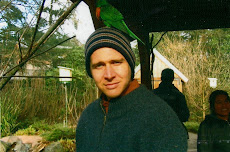
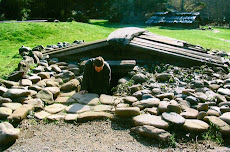

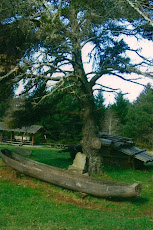



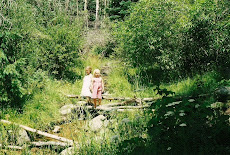
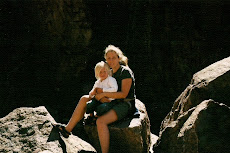
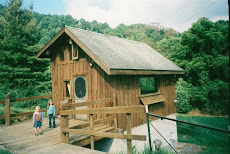

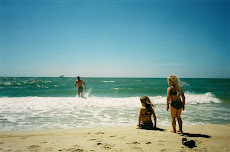
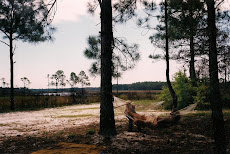

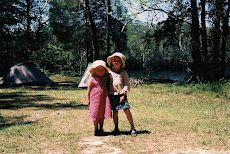.jpg)

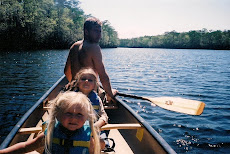.jpg)

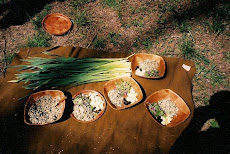
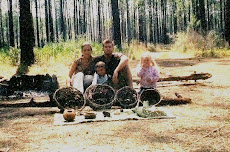
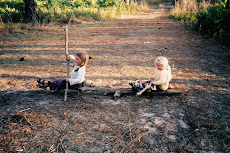.jpg)

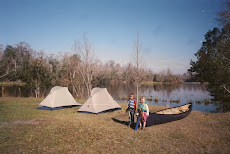

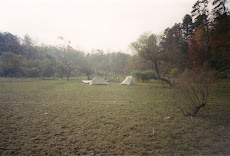
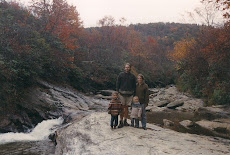
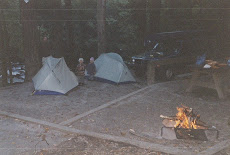


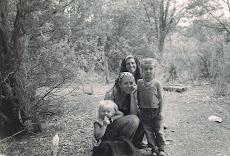.jpg)
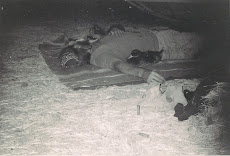.jpg)
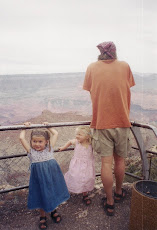
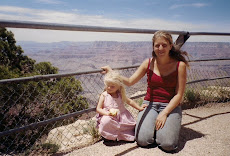.jpg)
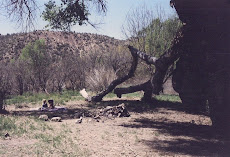.jpg)
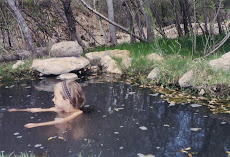
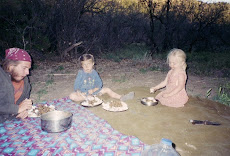.jpg)
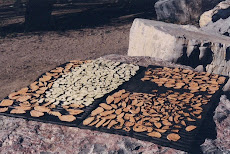
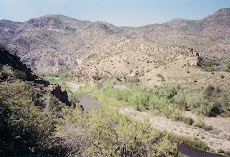.jpg)


